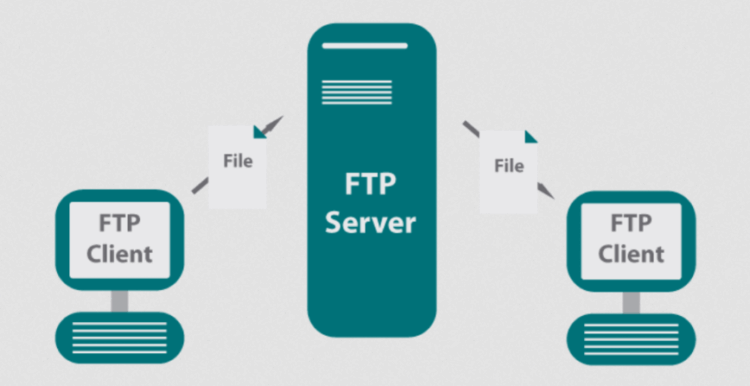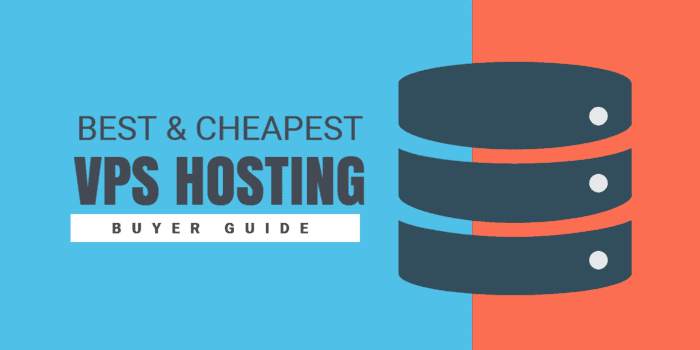Embark on a journey through the realm of virtual server hosting, where innovation meets efficiency. Dive into the intricacies of this modern hosting solution that is revolutionizing the digital landscape.
Introduction to Virtual Server Hosting
Virtual server hosting is a type of web hosting where a physical server is divided into multiple virtual servers. Each virtual server operates independently, allowing users to have more control and customization compared to traditional shared hosting.One of the main benefits of using virtual server hosting is the increased reliability and performance it offers. Since resources are not shared among different users, there is less risk of one website affecting the performance of others on the same server. This results in faster loading times and better overall stability.Another advantage of virtual server hosting is scalability. Users can easily upgrade or downgrade their resources based on their needs, without the need to migrate to a different server. This flexibility allows businesses to adapt to changing demands quickly and efficiently.Key features that make virtual server hosting a popular choice for businesses include dedicated resources, root access, and the ability to install custom software. With dedicated resources, users have guaranteed access to CPU, RAM, and storage, ensuring consistent performance. Root access provides full control over the server environment, allowing for advanced customization and configuration. Additionally, the ability to install custom software enables users to tailor their server to meet specific requirements and preferences.Types of Virtual Server Hosting
When it comes to virtual server hosting, there are several types available to cater to different needs and requirements. The most common types include Virtual Private Servers (VPS), Cloud VPS, and Dedicated Servers. Each type offers unique features and benefits that suit various business scenarios.Virtual Private Servers (VPS)
Virtual Private Servers (VPS) are a popular choice for businesses looking for a cost-effective solution that offers a balance between performance and affordability. With VPS hosting, a physical server is divided into multiple virtual servers, each operating independently. This setup provides users with dedicated resources, such as CPU, RAM, and storage, ensuring better performance compared to shared hosting.Cloud VPS
Cloud VPS hosting takes the concept of VPS to the next level by leveraging cloud technology. With Cloud VPS, resources are pulled from a network of interconnected servers, offering scalability and flexibility. This type of hosting is ideal for businesses with fluctuating resource needs or those looking for high availability and redundancy.Dedicated Servers
Dedicated Servers provide the highest level of performance and control as they offer an entire physical server dedicated to a single user. This type of hosting is suitable for resource-intensive applications, high-traffic websites, and businesses that require full customization and control over their server environment.In terms of performance, VPS hosting offers a good balance between cost and performance, making it suitable for small to medium-sized businesses with moderate traffic. Cloud VPS, on the other hand, provides scalability and flexibility, making it ideal for businesses with unpredictable resource needs or those looking for high availability. Dedicated Servers are best suited for large enterprises with high-resource demands and specific customization requirements.When choosing the right type of virtual server hosting, it's essential to consider your business needs, budget, and technical requirements. By understanding the differences between VPS, Cloud VPS, and Dedicated Servers, you can make an informed decision that aligns with your goals and objectives.Setting Up a Virtual Server
Setting up a virtual server hosting environment involves several steps to ensure smooth operation and optimal performance. Below are the key aspects to consider when setting up a virtual server.Hardware and Software Requirements
- Hardware Requirements:
- Powerful CPU: Ensure the host server has a robust CPU to handle multiple virtual machines efficiently.
- Ample RAM: Allocate sufficient RAM to each virtual server to prevent performance bottlenecks.
- Storage Space: Utilize fast and reliable storage drives to store virtual machine data.
- Network Infrastructure: Have a stable and high-speed network connection for seamless communication between virtual servers.
- Software Requirements:
- Hypervisor Software: Choose a reliable hypervisor software such as VMware, Hyper-V, or VirtualBox to manage virtual machines.
- Operating System: Install the preferred operating system on each virtual server, providing the necessary environment for applications to run.
- Security Software: Implement robust security measures to protect virtual servers from cyber threats and unauthorized access.
Optimizing Virtual Server Performance and Security
- Regular Updates: Keep the hypervisor software, operating systems, and security tools up to date to patch vulnerabilities and enhance performance.
- Resource Allocation: Allocate resources effectively among virtual servers to prevent resource contention and ensure optimal performance.
- Backup and Recovery: Implement a reliable backup and recovery strategy to protect data and quickly restore operations in case of failures.
- Monitoring and Management: Use monitoring tools to track performance metrics, identify issues, and manage virtual server resources efficiently.
- Network Segmentation: Implement network segmentation to isolate virtual servers and enhance security by controlling traffic flow.
Managing Virtual Servers
When it comes to managing virtual servers, it is essential to ensure smooth operations, optimal performance, and security. This involves monitoring, maintenance, updates, as well as resource management.Monitoring Virtual Servers
Monitoring virtual servers is crucial to identify any issues or potential bottlenecks that may affect performance. It involves tracking metrics such as CPU usage, memory consumption, disk space, and network activity.- Utilize monitoring tools like Nagios, Zabbix, or Prometheus to keep a close eye on server performance.
- Set up alerts and notifications to quickly respond to any anomalies or critical events.
- Regularly review monitoring data to identify trends and make informed decisions for optimization.
Maintenance and Updates
Regular maintenance and updates are necessary to ensure the security and stability of virtual servers.- Schedule routine maintenance tasks such as software patches, security updates, and system upgrades.
- Implement a robust backup strategy to prevent data loss in case of failures or cyber threats.
- Stay informed about the latest security vulnerabilities and apply patches promptly to mitigate risks.
Resource Management and Allocation
Efficient resource management is key to optimizing virtual server performance and maximizing utilization.- Allocate resources based on workload requirements to avoid underutilization or overprovisioning.
- Implement load balancing techniques to distribute resources evenly and prevent performance bottlenecks.
- Regularly analyze resource usage patterns and adjust allocations as needed to maintain optimal performance.
Tools and Technologies for Management
There are various tools and technologies available to assist in efficiently managing virtual server environments.- Virtualization platforms like VMware vSphere, Microsoft Hyper-V, or KVM provide comprehensive management capabilities.
- Container orchestration tools such as Kubernetes or Docker Swarm help streamline deployment and scaling of applications.
- Automation tools like Ansible, Puppet, or Chef can automate repetitive tasks and ensure consistency across servers.










